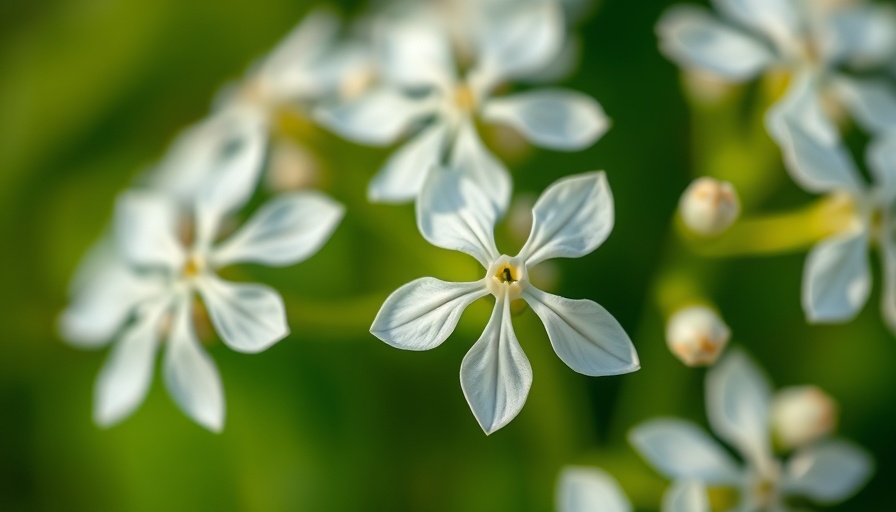
Weird Weather and Gardening: The New Normal
As we face ongoing effects from climate change, gardeners are finding themselves navigating an increasingly uncertain environment. With extreme droughts and scorching temperatures becoming the norm, eco-conscious homeowners and gardeners are encouraged to rethink their cultivation strategies. According to the National Oceanic and Atmospheric Administration (NOAA), 2024 marked the hottest year on record, resulting in significant shifts in plant care strategies. It’s evident that adapting to our new climate reality is more crucial than ever.
Understanding the Climate Crisis
The environmental narrative surrounding wildfires is shifting. Recent devastating fires in California and the Carolinas highlight the growing threat to not just the environment but also to communities. The aftermath of these fires leaves behind questions on how to protect our homes, families, and gardens.
As climate patterns become increasingly erratic, predictions on weather events can no longer be relied upon. Gardners must brace for the reality of longer dry spells and erratic rainfall, which can compromise the longevity of traditional planting practices.
Creating Resilient Gardens: Fire-Resistant Planting
When it comes to choosing what to plant, consider integrating fire-resistant plants into your landscape. While no plant is completely fire-proof, specific varieties can withstand heat and contribute to a landscape designed to mitigate fire threats. These plants often require less water and are better suited to dry conditions.
Some excellent options include:
- Lavender – Its aromatic foliage is not just pleasing but also drought-resistant.
- Agave – This succulent thrives in dry conditions and adds architectural interest to landscapes.
- California Native Sumac – Adapted to the environment, it can provide beauty while resisting harsh conditions.
Crafting a Safe Space: Defensible Landscapes
Designing a defensible space around your home is another important part of sustainable home design. This involves creating a buffer zone to reduce the risk of fire spreading to your house. By employing strategies such as:
- Maintaining a clear area around your plants by removing dead leaves or debris,
- Spacing out plants to reduce fuel continuity,
- Creating barriers with non-flammable materials,
Water Conservation: Essential Practices for Hot Climates
Water conservation is another vital aspect of eco-friendly gardening, especially in drier climates. Integrating rainwater harvesting systems can provide a sustainable water source for your plants. Additionally, consider mulching around plants to retain moisture and reduce evaporation.
Simple practices like watering during the early morning or late evening can also help minimize water loss through evaporation, ensuring your garden receives the hydration it needs without over-reliance on external resources.
Making the Right Choices: Eco-Friendly Tips
Adopting eco-friendly gardening practices can not only enhance your garden's resilience but also contribute to a healthier planet. Some actionable insights for the aspiring gardener include:
- Implementing composting techniques to enrich your soil naturally.
- Focusing on natural landscaping methods to encourage local wildlife and pollinators to thrive.
- Choosing plant varieties designed to minimize toxic exposure for both the environment and personal health.
By treating your garden as a dynamic ecosystem, you can positively affect the broader environment, encourage biodiversity, and create a sustainable living space.
Conclusion: The Journey Ahead
Embracing these practices and making small adjustments can lead you to a thriving garden, even in unpredictable climates. As eco-conscious homeowners, our responsibility doesn't end with our own gardens; we are also stewards of the environment. The choices we make can echo beyond our backyards to influence the broader environmental landscape. Take these insights and continue exploring how you can create an eco-friendly haven while effectively coping with the challenges of a changing climate.
Don't just survive in your gardening journey—thrive! Join local workshops on sustainable gardening, connect with gardening communities, and empower others on this critical issue. Together, we can cultivate resilience in the face of climate adversity.
 Add Row
Add Row  Add
Add 




Write A Comment